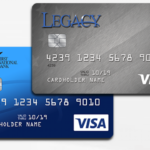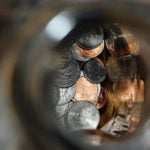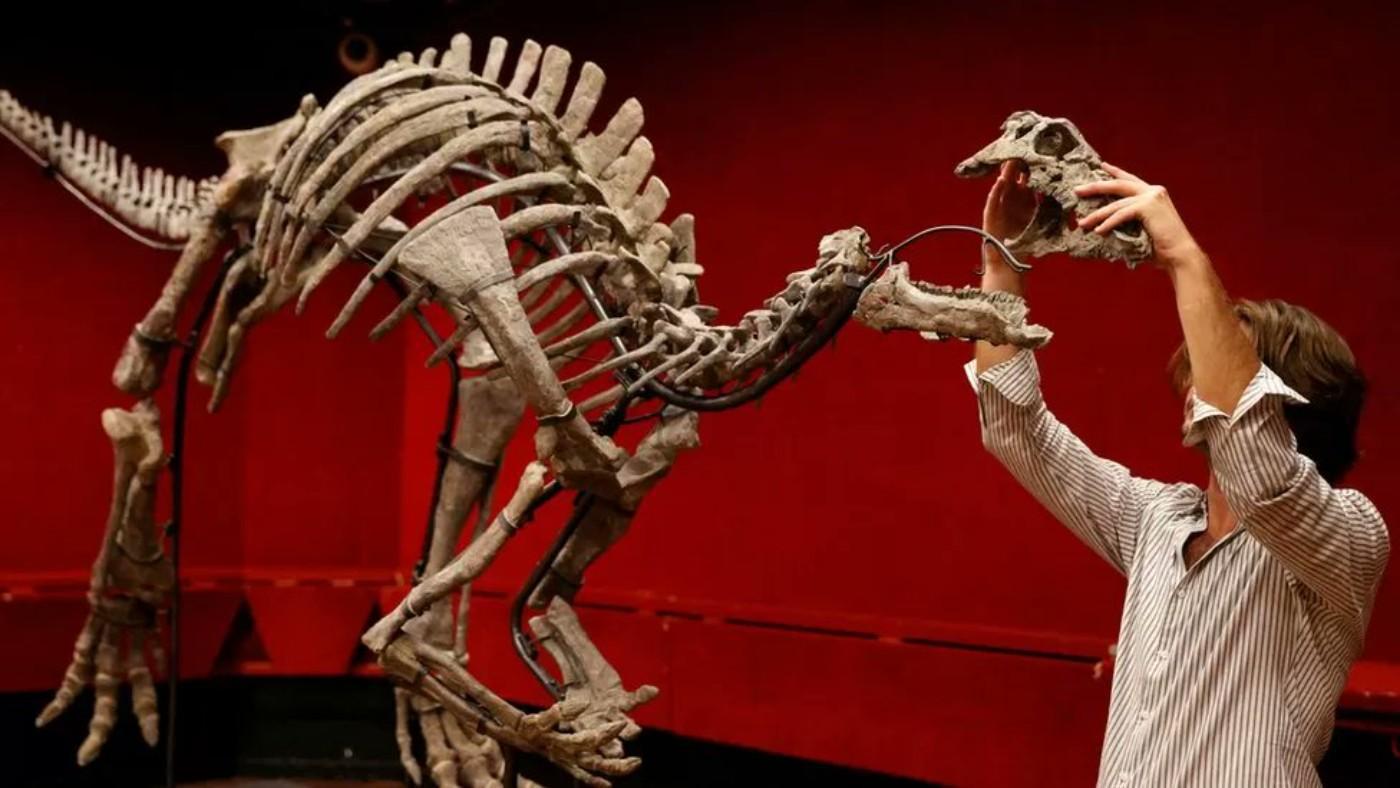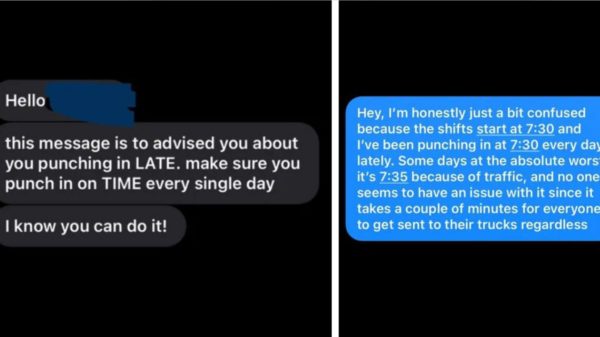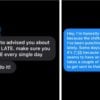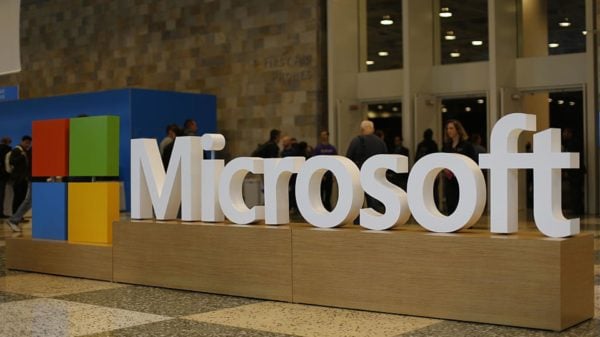Barry, an irreplaceable 150-million-year-old dinosaur skeleton, will take center stage at an auction in Paris next month. There, it is expected to sell at around a million dollars. That’s because it remains one of the most aged and most complete dinosaur skeletons.
Named Barry the Camptosaurus, the ancient relic is 80% original bone. It’s a one-of-a-kind skeletal structure of one of the most popular dinosaur species, the camptosaurus. The structure will be up for grabs on the 20th of October, when bidders will outdo one another to clinch this historic prize at the Hotel Drouot in Paris.
The camptosaurus is a group of massive herbivorous dinosaurs that existed not earlier than 99.6 million years ago. Fossils of this animal have over time been found scattered across Western North America and Western Europe.
These dinosaurs grew to lengths of 20 feet, the distance between two basketball hoops, up to 8.2 feet in length, had smaller forelimbs than hind limbs, and weighed as much as 5500 lbs.
The skeleton is projected to attract bids as high as between 855,000 and $1.28 million. Barry isn’t a new find. Its skeletons have been around for quite a while, about 3 decades ago. It was discovered in Wyoming in the 1990s in the Morrison Formation, which has been the site of numerous fossil finds.
Afterward, the reputable paleontologist Barry James restored it in 2000 and lent his first name to the skeleton. Last year, Zoic, an Italian laboratory, purchased it and conducted more advanced restorative work on it to get it to its present scientifically compliant state.
Barry is 7 feet long and 16 feet tall and, according to Alexandre Giquelo of the Hotel Drouot auction house, “is an extremely well-preserved specimen.” Giquelo described the structure as “quite rare.” He went on to clarify further that “the skull is complete at 90 percent and the rest of the dinosaur (skeleton) is complete at 80 percent.”
Dinosaur sales are pretty rare, and that explains why each one is a big event, big enough for people to travel cross-continents to attend. But scientists aren’t at all excited by these auctions.
Many paleontologists believe that valuable fossils such as Barry shouldn’t be privatized. Rather, they should remain readily accessible for public examination. Their accessibility is key to helping scientists verify the authenticity of new findings.
Scientists require multiple specimens to carry out more accurate studies on these creatures. Hence, scientists mourn the sales of any dinosaur fossil.
Last year, there was an uproar when another skeleton, Tyrannosaurus Rex, was sold in Hong Kong for an amount estimated to be between $15 million and $25 million. “Dinosaurs are becoming a commodity traded on the global market, a luxury item affordable only to the wealthiest people, little different than fine art or classic cars or old bottles of whisky,” lamented Steve Brusatte, a paleontologist at the University of Edinburgh.
According to Wisconsin’s Carthage College’s paleontologist, Thomas Carr, every dinosaur skeleton sale is “the last copy of a book being thrown into the fire.”



























